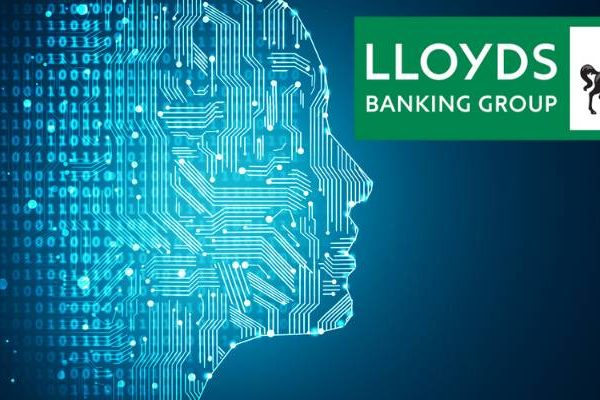
When AI Goes Super-Sized: Why Wall Street Thinks 2026 Could Drown in $1.8 Trillion of New Bonds
The buzz on Wall Street: The mood appears confident that the borrowing binge for next year’s offerings could surge to record levels, thanks in no small part to the global race to create AI infrastructure.
You could sense that on the edge of Bernstein an alumni outlined how AI-insight would lead to readjustment; hint, it will adjust investment capital efficiency through this awesome stunt, then you know,” he yawns, “the market beyond what we ever knew was creeping up” and bonhomie rippled across Thai subscription here with even Crispin in tow as half a dozen other guys confirmed that they too had been paid off after one such scam morphed into another inside short memory space engineering between work order charades.
Speaking with investors these days is a bit like strolling through a building under construction where everyone knows they’re erecting the future – though it appears that no one can quite settle on whether the blueprint is truly complete.
Giant data centers, ever-hungry compute clusters and the power systems required to feed them have companies taking on debt at a rate we haven’t seen in years.
That sense of scale becomes clearer when you consider global estimates for how much those AI superstructures might cost, like the sobering multi-trillion dollar amounts that the examination of the financial heft behind AI infrastructure suggests.
Some people joke that the bond market is turning into AI’s informal venture capitalist. And actually, that’s not too far off.
Corporate behemoths with stellar credit scores have borrowed the load to get compute capacity in place before rivals secure key vendors.
You can practically sense the pressure beginning to ramp when you see how debt-reliant the data-center build-out boom has already become, something that’s been detailed in a closer examination of the financing pressure emanating from increasingly growing AI build-outs.
But let’s be real: There is a whisper of concern wafting through all this excitement. I’ve seen analysts compare the moment to that jittery time when telecom companies had outpaced even their own optimism.
There’s a distant history lesson echo of such déjà-vu in today’s AI boom, fuelled by the parallels being drawn between this latest tech frenzy and late 90s digital bubbledom, proudly offered as cautionary comparison in a piece looking at whether it might not repeat older market bubbles.
The fact is, all of us are struggling to interpret a future that’s being cobbled together on the fly. Debt can appear to be a shortcut – until it isn’t.
If demand for AI services fails to take off as fast as expected, some of these colossal facilities might end up underused.
But if the inverse is true, and artificial intelligence does become as basic to business as electricity or running water, then these early over-extensions will seem like bargains in retrospect.
And as one who has seen tech cycles swing from hype to heartbreak (and back) and delivered my share of skepticism along the way, I can’t help feeling a strange combination of excitement and trepidation.
Perhaps it’s because grand visions have a way of perpetually running slightly ahead of themselves.
There’s also the voice of experience, perhaps a quieter one, asking whose backs will bear the cost if any deadline slips forward in time.
Or perhaps - and I’ll confess here that this is my bias -I’ve seen enough “revolutionary moments” to appreciate that they tend never to come home without a few bumps along the way.
Yet, it’s impossible to deny the brazenness of this instant. A bond market transformed by algorithms and A.I. hardware?
A financial system that bends to accommodate the demands of a technology still setting its own form? It is messy and exhilarating, a little nerve-racking. But isn’t that how big shifts always feel?





















